“The one instrument that has relative political autonomy is monetary policy. Central banks do not need to go to Congress to get approval for an interest rate hike.” (Mohammed El-Erian)
What is it?
Simply stated, inflation is the increase in the supply of money and credit. When there is more money available in circulation, people then have more money to offer and spend for goods and services. If the supply of goods does not increase as much as the money supply, then the price of goods and services will eventually increase. This is the basic economic principal of supply and demand – too much money chasing too few goods.
We are seeing and feeling this phenomenon right now. The costs of living are going up; prices for basic staples such as food, energy, and everything we use each day have increased significantly.
Types of inflation
Inflation can be experienced in numerous ways. Importantly, we have identified them:
- Mild inflation – The costs of goods and services increase by 3% or less per year. Stated differently, this is the range that the Fed targets to allow for small price increases, which they believe will boost demand and economic growth.
- Higher inflation – The costs of goods and services increase by more than 3%. Demand may outweigh supply, resulting in increased price hikes. Goods and services become unaffordable for many households. The psychology associated with inflation often takes hold and consumers may start to buy more than they need to avoid future anticipated increases in prices.
- Stagflation – Low economic growth (productivity) and high inflation (prices). This is a bad combination and one that we experienced in the 1970’s.
- Hyperinflation – Dire economic environment, which rarely occurs, when a government continues to print money to pay off uncontrollable debt and consumers lose confidence in the currency itself. Prices of goods and services skyrocket exponentially. Example – Germany in the early 1920’s after they accumulated massive debt from WWI – hyperinflation eventually led to the collapse of the German banking system and later to the rise of the Nazi party.
- Deflation – The opposite of inflation. It is the contraction of the supply of money and credit in the economy – interest rates are often high, purchasing power increases, and the costs of goods decline. Fed policies can cause deflation, as well. It also results in higher unemployment, lower economic growth, or even recession.
What Causes It?
Inflation is caused by and is a direct function of monetary policy, primarily actions taken by the Federal Reserve (Fed). It is the result of excessive printing of money over a long period of time. It takes years or even decades before the impact of inflation is felt. First it appears like a small crack in a car windshield, it expands very slowly, and then suddenly spreads out.
While many economists describe inflation as a monetary phenomenon, as advisers we also recognize it is very much a psychological one, especially when the expectations for inflation becomes widespread.
Let us provide some background about the role of the Fed with monetary policy and then we will address fiscal policy. As you are probably aware, the Fed is the central banking system in the US. It has a dual mandate of maintaining price stability and maximizing employment. The Fed regulates and supervises banks, maintains stability in the financial markets, and is considered to be the lender of last resort for those institutions they deem would cause chaos throughout the economy (ex. 2008 – those which were too big to fail).
The Fed’s monetary policy tool-box is used to control the supply of money in several ways: open market operations where they buy and sell Treasury bonds; changing the reserve requirements for member banks; or changing the discount rate, which is the rate the Fed charges to its member banks. The Fed has autonomy in making any interest rate adjustments through open market operations. Congress has limited oversight capacity, but has been ineffective in shaping monetary policy direction.
Fiscal policy, formed and implemented by the executive and legislative branches of government, is quite different from monetary policy and can indirectly impact the economy either positively or negatively through government spending, taxation, and regulations. The Fed watches fiscal policy, data, and trends to form consensus opinions about their future course of actions.
The Fed has a very difficult job when undertaking price stability. Here is an easy to understand analogy given by the late economist Milton Friedman in an interview, then restated in economist Brian Wesbury’s book ‘The New Era of Wealth’ (published 1999, pages 64 and 65):
“Imagine if the Fed controls the heating system in a big building. If the Fed turns up the heater too much (prints too much money) then the building becomes too hot (causing inflation). The opposite problem would be that the Fed turned the heater off (printing less money) and the building becomes cold. This would cause deflation- a decline in the price of goods and services in terms of money….The Fed’s job is to keep the heater turned to just the right temperature. This is a hard job, however, because there is no unanimously agreed upon thermostat to read. In addition, the size of the building keeps changing, which makes it more difficult to maintain the right temperature.” In other words, the building (economy) keeps growing (expansion) or contracting (recession) at different speeds over time, which makes it that much harder for the Fed to forecast the right course of action. In retrospect, when The Fed has made the wrong policy decisions, the economy and markets felt the ramifications.
A contemporary example of what causes inflation: The Fed has been printing money through various iterations of their quantitative easing (QE) programs since 2009 to stimulate economic recovery from the Great Recession of 2008. Once Covid-19 started in 2020, they greatly accelerated money printing, again, in response to the economic shutdown. The money supply exploded to unprecedented levels and sent in great proportion to major banks. While much of this excess money was allocated for businesses and consumers after the lockdown to help drive economic recovery, the banks have also held back large percentages of this liquidity and have not released these assets back into the money supply. The challenge; if they were to do so and more money were to be injected into the economy, then inflation would increase that much more.
What Are The Implications?
Money, like so many other goods, is just another commodity, and its value is determined by supply and demand. When the Fed prints more than the economy needs, the price of goods and services will rise, as the value of money falls. Consider this for a moment! This can have a significant, trickle-down, impact on businesses and entrepreneurs. Inflation can be viewed as a stealth or hidden tax, eroding purchasing power over time. While everyone is affected by inflation, those who are on fixed incomes and tight budgets are impacted most. Below are some additional implications:
- Prices can grow faster than wages. This is akin to a pay cut for employees.
- Consumers receive price increases as businesses pay more for goods and services. These price increases may come in waves and impact both private sector strategic planning and the consumer.
- Growing global instability may lead to more concerns about national security, supply chain challenges, and slower economic growth, which may result in lower production and higher prices.
- Commodity prices such as metals, wheat, corn, soybeans, and more may continue to rise, particularly the value of oil.
- Central banks around the world may experience a contagion while conducting similar accommodative monetary policy, printing money in their respective currencies.
Inflation has a meaningful impact on our daily lives and future needs. Whether at the grocery store, buying a car, or buying/building a home today or planning to live off your portfolio in retirement, inflation demands great attention.
Conclusion
We have been through inflationary cycles in the past, and we will get through this one. As well, many companies successfully navigate through periods of higher inflation and uncertainty. Today innovation, creativity, and technological advancement is off the charts! Business and consumer savings levels are high, debt levels are moderate, and consumption is persistent as supply chain disruptions improve. Corporate profits for many sectors are strong, testing the strategies of smart and evolving corporate leadership. All of these conditions are headwinds for the impact of inflationary environments and positive for investors and consumers. While the future is never certain, we believe there are accessible opportunities in today’s environment.
Next up- Part 2- What Can You Do To Protect Yourself
Regards,
Barry E Moschel, Partner, RICP®, CLU®, ChFC®, CPA
Adam L Schwartz, Partner, CFP®, NSSA®




